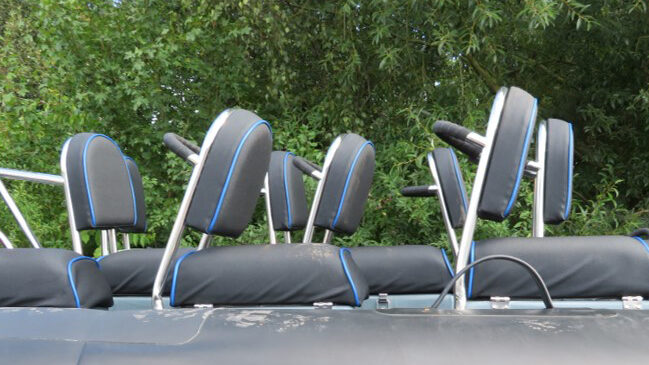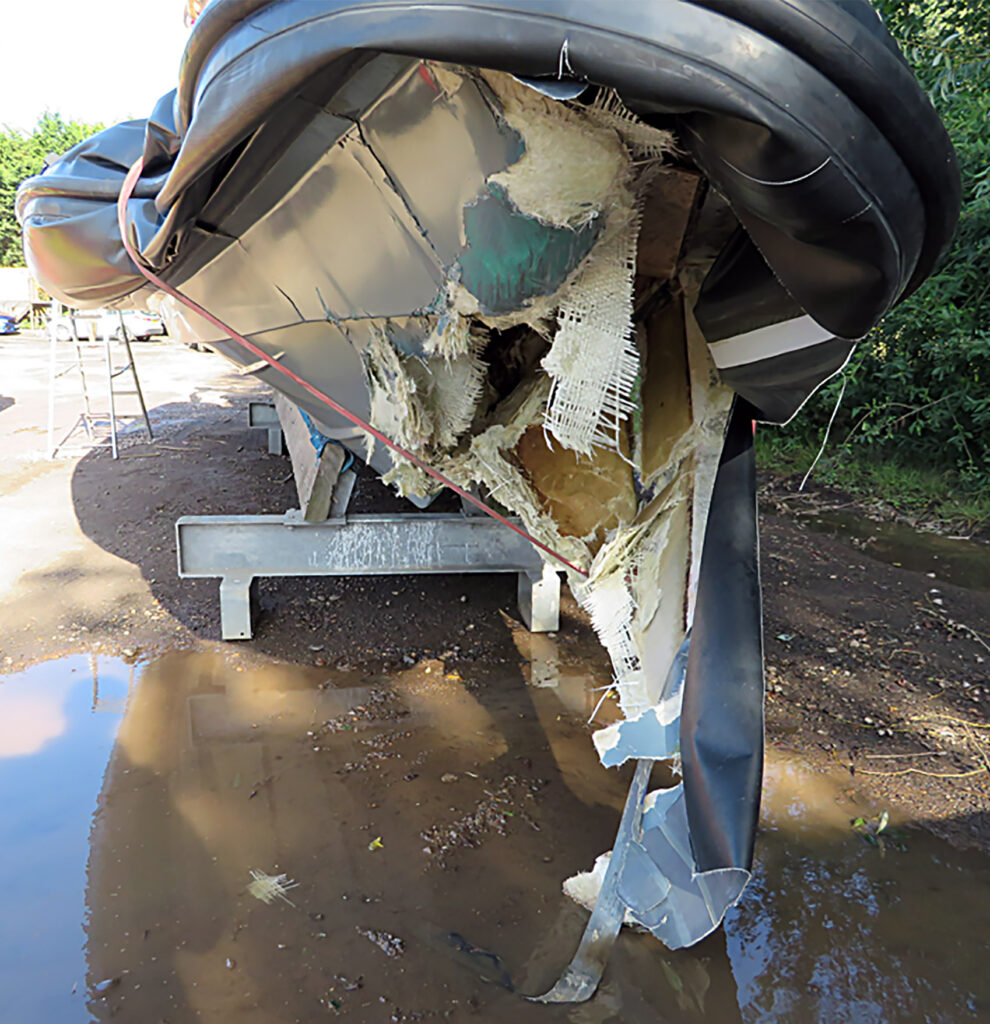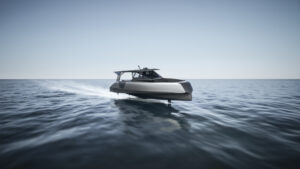MAIB issues final report into fatal Seadogz accident in Solent

The UK’s Marine Accident Investigation Branch (MAIB) has issued its final report into the collision between the high-speed passenger craft Seadogz and a navigation buoy on 22 August 2020 in Southampton Water, on the UK south coast.
The accident resulted in several serious injuries and the tragic death of 15-year-old passenger Emily Lewis.
On the morning of 22 August 2020, the commercially operated rigid inflatable boat (RIB), Seadogz crashed into a 4.5m high, 5-ton channel marker in Southampton Water at a speed of 38.4kts.
The RIB’s engine stopped abruptly and two of the passengers were catapulted overboard into the water, where their lifejackets inflated. All eleven passengers and the skipper were treated in hospital for substantial impact injuries. Lewis had sustained severe injuries when she was thrown against the handhold directly in front of the bench seat. She died in hospital that afternoon.
Skipper Michael Lawrence, 55, was acquitted of manslaughter charges earlier this year. He was found guilty of failing to maintain a proper lookout and failing to maintain a safe speed by a jury.
After the verdict, Nicola Lewis, mother of Emily, criticised how offences involving boats are dealt with, highlighting a disparity between the charges faced when incidents occur on the water instead of the roads.
The key safety issues identified in the MAIB report are:
- The skipper did not see the buoy in sufficient time to take avoiding action. He had lost his positional awareness, most likely due to the high mental workload associated with operating at high speed close to other marine assets.
- Seadogz’s seating and handholds afforded little protection to those on board in the event of a rapid deceleration.
- The RIB’s operating company did not have a safety management system, and their risk assessments were cursory and generic. The regulations did not consider the intended operation or high-speed operations of a small commercial craft. Significant limitations were identified, including: crash protection; seat design; forward visibility and safety management system requirements.
The report makes numerous recommendations. Among them, the Maritime and Coastguard Agency is recommended to conduct an anthropometric assessment of the design and operational requirements for small high-speed passenger craft safety, to develop a framework for assuring the protection of passengers and crew provided by the craft with respect to whole-body vibration and sudden decelerations in the event of a horizontal impact.
MAIB says the assessment should be incorporated into a future revision of The Sport & Pleasure Vessel Code as requirements for the crash protection and general protection of passengers and crew.
In addition, the British Ports Association, the UK Harbour Masters’ Association, and the UK Major Ports Group are recommended to contribute to the development of guidance for their members, clarifying the requirements and best practices for the oversight of small commercial craft operating in their areas of responsibility.

The RIB’s manufacturer Red Bay Boats Ltd is recommended to conduct a risk-based review of the design of the small commercial high-speed craft that it manufactures and undertake any required modifications to its processes and craft designs to ensure that the documentation provided for its craft is accurate, consistent and includes all required information; and design of the seats, handholds and restraints meets the latest relevant industry guidance.
“The tragic events that took place in Southampton Water on the morning of 22 August 2020 have had an unimaginable impact on all of those affected by the accident,” says Captain Andrew Moll OBE, chief inspector of marine accidents.
“The fact that a passenger excursion on a modern rigid inflatable boat (RIB) being operated in favourable conditions by an appropriately qualified and highly experienced skipper could result in such terrible consequences is difficult to comprehend.
“Two things are especially significant about this tragic accident in which 15-year-old Emily Lewis sadly died and the other passengers all sustained injuries, many of which were serious. The first is that the accident would likely not have happened had the trip been conducted in line with industry good practice.
“All skippers of commercial high-speed craft are taught safe boat handling while gaining their qualifications, and there is no excuse for abandoning professional standards when undertaking a high-speed trip or experience ride.
“The second is that passengers in small high-speed craft are very vulnerable to impact and vibration injuries. In the last 15 years, the MAIB has investigated numerous accidents involving high-speed passenger craft and made various recommendations to improve the safety of this sector. However, as yet, little has been done to provide proper protection to passengers and crew from these hazards that routinely result in life-changing injury and, occasionally, death.
“I am therefore hoping that the maritime regulator, manufacturers and operators of small high-speed passenger craft will take the lessons from this report as a stimulus to action. As the report says, this was an accident waiting to happen. Let it be the last.”
The full report is available to read and download online.










